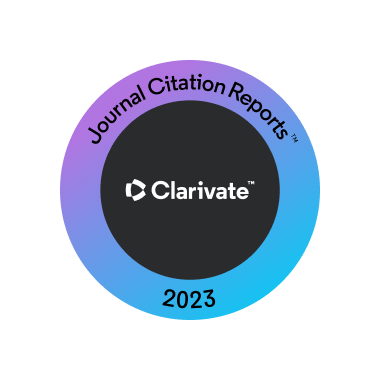Articoli
Hemangiolymphangioma of the buccal mucosa in a 44-year-old patient, a case-report and literature review of the condition
OBJECTIVES: Hemangiolymphangiomas are rare vascular malformations or developmental anomalies with a propensity to invade underlying tissues and to recur locally.
The aim of the present article is to report and discuss a case of hemangiolymphangioma of the oral cavity.
MATERIALS AND METHODS: A 44-year-old man was referred to the Department of Dentistry, University of Eastern Piedmont, Italy, with the chief complaint of a painless swelling in the right buccal mucosa, that had been present for years.
Intra-oral examination revealed a painless violaceous nodular lesion in correspondence of the right buccal mucosa. Histopathological examination revealed numerous dilated lymphatics and large, dilated vessels lined by normal-appearing endothelial cells and containing inside erythrocytes and proteinaceous
eosinophilic material containing lymph and channels with blood cells.
A definitive diagnosis of hemangiolymphangioma was made.
DISCUSSION: Hemangiolymphangioma occurring in the oral cavity is extremely rare as the most frequent sites are the neck’s anterior and posterior cervical triangle. Microscopically, hemangiolymphangiomas do not show active cellular proliferation, but appear as subepithelial enlarged channels. Hemangiolymphangiomas are mixed lesions, and they may present positive staining for some lymphatic markers (such as CD31 and D2-40), that supports their lymphatic derivation.
CONCLUSIONS: Hemangiolymphangioma is a rare lesion in the oral cavity. All suspected cases should be thoroughly and carefully assessed to rule out bony, intracranial and systemic involvements.
CLINICAL SIGNIFICANCE: Complete surgical excision is the treatment of choice for these lesions whenever possible, although several factors including the age of the patient and the size and extent of the lesions should be taken in consideration.
Per continuare la lettura gli abbonati possono scaricare l’allegato.






